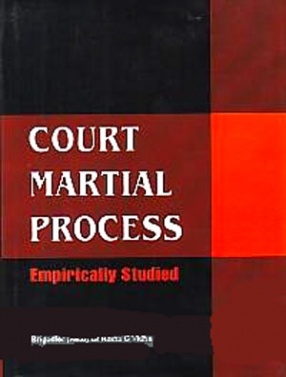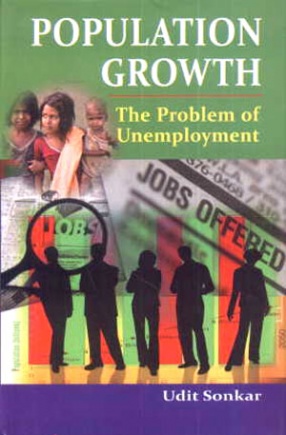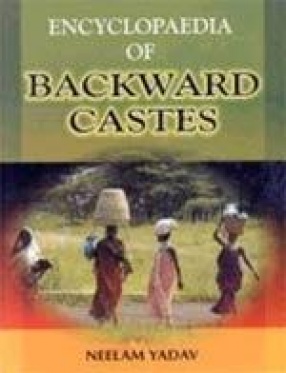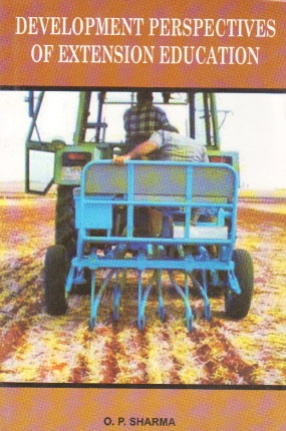The prospective reader of a book like the present one needs no introduction to court martial. He also knows well how widely varied comments this military institution draws from different people, be those knowledgeable or unknowing lay individuals. This primarily is due to certain attitudes they might have developed towards court martial process for some reasons or the other.
This book is the end product of a first ever empirical study of such attitudes, undertaken by its author for the award of a doctoral degree of Ph D by University of Delhi. It presents to the reader scientifically analysed and logically interpreted data, from 200 respondents of user groups and defence affairs interested civilians, to 22050 possible responses on a large number of questions and sub-questions placed in the Interview Schedule, covering five hypotheses related to court martial process. Some of the questions were highly controversial, such as whether in terror-struck areas like J&K or our eastern states, court martial process should be adopted for the trial of civilian accused persons; or whether terrorists be tried by court martial irrespective of their location in any part of the country; or whether military personnel committing civil offences should be handed over to civil authorities for trial in all cases; or whether summary court martial be removed from the Army Act and so on.
For a graphic understanding of the involved issues, the data have been spread over more than 50 Tables and 9 charts. The book comprehensively covers all aspects of court martial—historical, legislative, jurisdictional, procedural, pre-trial and post-trial. One full chapter is also devoted to the issues related to its efficacy as judicial forum. In the course of dealing with various aspects of the subject, all the relevant decisions from our own superior courts, as also decisions from the UK, the USA, France and several other countries have been taken into consideration and contextually cited. The related legislative provisions from various national systems of the world, along with their historical backgrounds, have also been pointed out. Lastly, certain suggestions have been offered for the improvement of our military justice system. All this should make the discussion in the book much valuable for legislative reforms and future research, in addition to its day to day utility as a reference book on the subject to all those dealing with military law of the Army, Navy, Air Force and para military forces.





There are no reviews yet.